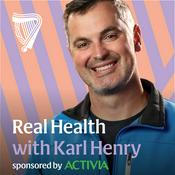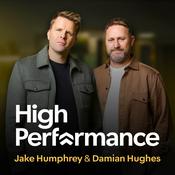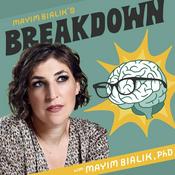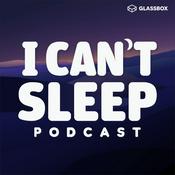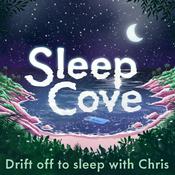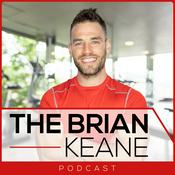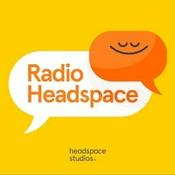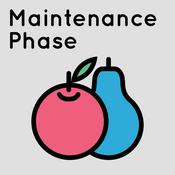Dr. Joseph Mercola - Take Control of Your Health
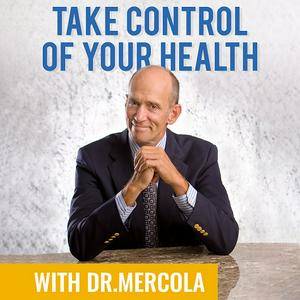
1119 episodes

Inulin-Rich Prebiotic Vegetables May Help in Fatty Liver Disease Reversal
26/12/2025 | 7 mins.
Inulin is a naturally occurring, non-digestible fiber stored in many plants. It acts as a prebiotic, feeding beneficial gut bacteria that influence how the body handles sugar, fat, and inflammation A 2025 animal study found that inulin helped reverse fatty liver disease by prompting small-intestinal microbes to clear fructose and redirect liver metabolism toward the production of the antioxidant glutathione Inulin supports insulin sensitivity, lowers triglycerides, and improves liver markers. However, high doses, especially from supplements, can cause bloating Onions, garlic, asparagus, chicory, and Jerusalem artichoke are among the richest natural sources of inulin Restoring liver health isn't about quick fixes. Adopt consistent habits, such as regular movement, mindful eating, restorative sleep, and a diet centered on fiber-rich foods

The Hidden Dopamine Trap — Escaping Screen Addiction to Reclaim Your Joy
26/12/2025 | 6 mins.
Modern children's content (especially fast-paced YouTube shows like CoComelon) is engineered to maximize watch time through rapid cuts and constant dopamine triggers, creating addictive patterns in toddlers that lead to overstimulation, irritability, and severe tantrums, and when screens are removed This deliberate design exploits the brain's orienting response, rewiring developing nervous systems toward novelty-seeking while impairing sustained attention, executive function, and emotional regulation — effects supported by studies linking fast-paced media to ADHD-like symptoms and long-term attentional deficits These same dopamine-hijacking tactics have permeated broader society, from addictive processed foods to social media and pornography, shifting us from sustained serotonin-based happiness and presence to fleeting, hollow spikes that leave people feeling disconnected, depleted, and perpetually unsatisfied This engineered addiction is especially damaging in romantic relationships, where the cultural push for intense dopamine highs and excitement erodes the capacity for deep, stable, and truly nourishing intimate bonds built on genuine connection and contentment A healthy, non-depleted nervous system naturally resists the pull of these artificial dopamine spikes, allowing us to appreciate subtler and more authentic sources of joy; ultimately, escaping this trap and reclaiming a vivid connection to life requires restoring nervous system health and vitality — a key focus of this article

Obesity-Linked Metabolic Stress in Young Adults May Trigger Early Brain Changes
25/12/2025 | 7 mins.
Early signs of brain damage linked to obesity are already showing up in young adults, decades before symptoms like memory loss or confusion begin Having low levels of choline, a nutrient most people don't get enough of, is strongly connected to inflammation, liver stress, and neuron injury in people with obesity Women are especially vulnerable to brain-related effects of metabolic stress, as they tend to have significantly lower choline levels than men A major brain imaging study confirmed that obesity directly causes brain shrinkage, white matter damage, and reduced cognitive performance — not just a correlation Simple lifestyle shifts like eating more choline-rich foods, cutting seed oils, moving daily, and prioritizing sleep can help repair and protect your brain long before problems show up

Exercise Trains Your Immune Cells to Stay Strong as You Age
25/12/2025 | 7 mins.
Exercise trains your immune system to respond faster and recover more efficiently, helping you stay energized and more resistant to illness Years of consistent moderate training reshape how your immune cells produce and manage energy, keeping them youthful and resilient as you age Active adults maintain steadier inflammation and bounce back quicker from stress, reducing fatigue, soreness, and lingering symptoms after illness Daily walking with short, high-quality strength sessions builds immune stability without overwhelming your system or spiking stress hormones Training your immune cells through repetition — not intensity — gives you lasting protection, better recovery, and steadier energy throughout your life

Keto Diet Risks Are Varied, Multiple Studies Show
25/12/2025 | 6 mins.
A ketogenic diet improves weight loss, insulin sensitivity, and blood sugar control initially, but these gains typically level off after six to 12 months of adherence Long-term keto can elevate low-density lipoprotein (LDL) cholesterol levels, particularly during rapid weight loss, raising cardiovascular concerns especially in healthy young adults following this diet Restricting carbohydrates eliminates healthy fruits, vegetables, and whole grains, leading to deficiencies in essential vitamins (B-complex, A, E, K) and minerals like magnesium and potassium Extended ketogenic diet use increases risks of kidney stones, reduced bone mineral density, thyroid dysfunction, and harmful gut microbiome changes linked to cancer risk The keto diet works better as a short-term therapeutic strategy for metabolic inflexibility and diabetes, but requires transitioning to balanced carbohydrate intake for long-term health
More Health & Wellness podcasts
Trending Health & Wellness podcasts
About Dr. Joseph Mercola - Take Control of Your Health
Listen to Dr. Joseph Mercola - Take Control of Your Health, Just Between Us with Jennifer Zamparelli and many other podcasts from around the world with the radio.net app

Get the free radio.net app
- Stations and podcasts to bookmark
- Stream via Wi-Fi or Bluetooth
- Supports Carplay & Android Auto
- Many other app features
Get the free radio.net app
- Stations and podcasts to bookmark
- Stream via Wi-Fi or Bluetooth
- Supports Carplay & Android Auto
- Many other app features


Dr. Joseph Mercola - Take Control of Your Health
download the app,
start listening.


